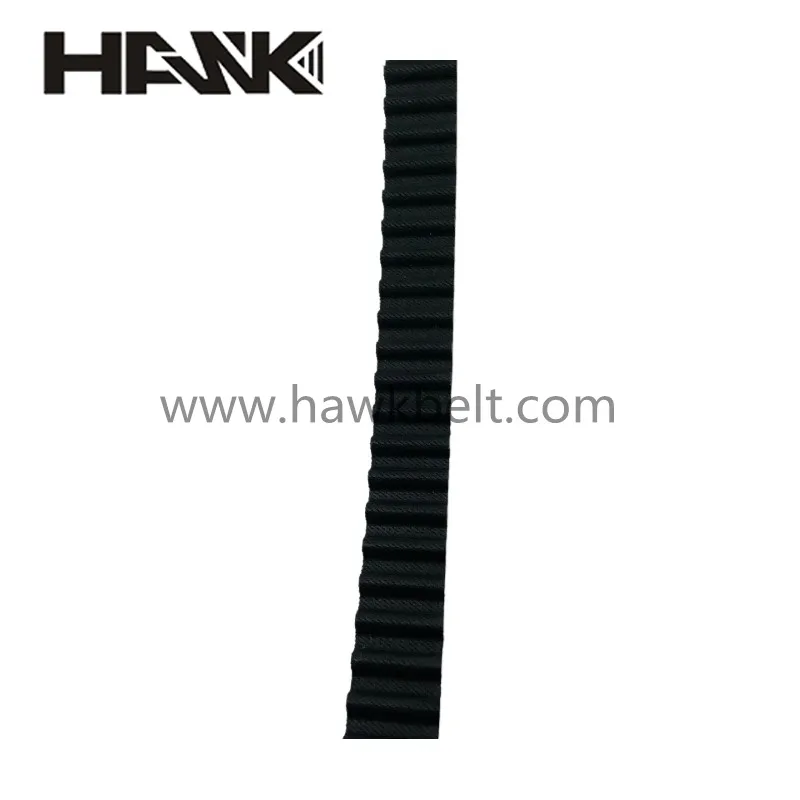- Arabic
- French
- Russian
- Spanish
- Portuguese
- Turkish
- Armenian
- English
- Albanian
- Amharic
- Azerbaijani
- Basque
- Belarusian
- Bengali
- Bosnian
- Bulgarian
- Catalan
- Cebuano
- Corsican
- Croatian
- Czech
- Danish
- Dutch
- Afrikaans
- Esperanto
- Estonian
- Finnish
- Frisian
- Galician
- Georgian
- German
- Greek
- Gujarati
- Haitian Creole
- hausa
- hawaiian
- Hebrew
- Hindi
- Miao
- Hungarian
- Icelandic
- igbo
- Indonesian
- irish
- Italian
- Japanese
- Javanese
- Kannada
- kazakh
- Khmer
- Rwandese
- Korean
- Kurdish
- Kyrgyz
- Lao
- Latin
- Latvian
- Lithuanian
- Luxembourgish
- Macedonian
- Malgashi
- Malay
- Malayalam
- Maltese
- Maori
- Marathi
- Mongolian
- Myanmar
- Nepali
- Norwegian
- Norwegian
- Occitan
- Pashto
- Persian
- Polish
- Punjabi
- Romanian
- Samoan
- Scottish Gaelic
- Serbian
- Sesotho
- Shona
- Sindhi
- Sinhala
- Slovak
- Slovenian
- Somali
- Sundanese
- Swahili
- Swedish
- Tagalog
- Tajik
- Tamil
- Tatar
- Telugu
- Thai
- Turkmen
- Ukrainian
- Urdu
- Uighur
- Uzbek
- Vietnamese
- Welsh
- Bantu
- Yiddish
- Yoruba
- Zulu
dec . 09, 2024 16:36 Back to list
Understanding the Role of Timing Belts in Automotive Performance and Maintenance
The Importance of Timing Belts in Automobiles
In the intricate machinery of an automobile, every component plays a crucial role in ensuring optimal performance and efficiency. Among these components, the timing belt stands out as one of the most essential parts in an internal combustion engine. Although often overlooked during routine maintenance, understanding the function and significance of the timing belt is vital for every car owner.
What is a Timing Belt?
The timing belt is a rubber belt, often reinforced with fiberglass or other materials, that connects the crankshaft to the camshaft in an engine. Its primary function is to synchronize the rotation of the crankshaft and camshaft, ensuring that the engine’s valves open and close at the appropriate times during each cylinder's intake and exhaust strokes. This precise timing is crucial for maintaining the engine's efficiency and performance, as it helps prevent misfires, optimizing fuel combustion and power output.
Why is the Timing Belt Crucial?
1. Engine Performance The timing belt plays a critical role in maintaining the overall performance of an engine. A malfunctioning timing belt can lead to a noticeable decrease in engine performance, causing issues such as poor fuel economy, rough idling, or decreased power during acceleration.
2. Preventing Engine Damage One of the most significant risks of a failing timing belt is the potential for catastrophic engine damage. If the timing belt breaks while the engine is running, it can cause the pistons to collide with the valves, leading to bent valves, damaged pistons, or even a complete engine failure. This type of damage can be extremely costly to repair and can be easily avoided with proper maintenance.
3. Maintenance Schedule Most vehicle manufacturers provide a recommended maintenance schedule for timing belt replacement, commonly ranging from 60,000 to 100,000 miles. Ignoring these recommendations can lead to premature belt wear and the risks associated with a belt failure. Regular checks are imperative, and car owners should be aware of the signs that a timing belt may need attention, such as unusual engine noises, difficulty starting the engine, or visible cracks and wear on the belt itself.
timing belt use in car

Signs of a Failing Timing Belt
Car owners should be vigilant and mindful of warning signs that may indicate a failing timing belt. Some of the most common signs include
- Unusual Noises A loose or worn timing belt can create a slapping or ticking sound. If you hear any odd noises coming from the engine, it's advisable to have the belt inspected immediately. - Engine Misfires If the timing belt is misaligned or worn out, it can cause the valves to open and close at the wrong times, leading to engine misfires and rough running conditions.
- Oil Leaks The timing belt may have associated components, such as the timing cover and seals. If you notice oil leaks around the engine, this could indicate that the timing belt and its components need attention.
- Check Engine Light A persistent check engine light can signal numerous issues, including problems with the timing belt. It’s essential to have it diagnosed by a professional.
Conclusion
The timing belt is a small but mighty component that plays a vital role in the overall functionality of an automobile's engine. Understanding its purpose and the importance of maintaining it can help prevent costly repairs and ensure the longevity of your vehicle. Regular maintenance, such as following the manufacturer's recommendations for replacement intervals and being vigilant about symptoms of wear or failure, can keep your engine running smoothly and efficiently.
In a world where automotive technology continues to evolve, the importance of traditional components like the timing belt remains ever-relevant. By prioritizing maintenance and remaining aware of potential issues, car owners can safeguard against unexpected breakdowns and extend the life of their vehicles.
-
Korean Auto Parts Timing Belt 24312-37500 For Hyundai/Kia
NewsMar.07,2025
-
7PK2300 90916-T2024 RIBBED BELT POLY V BELT PK BELT
NewsMar.07,2025
-
Chinese Auto Belt Factory 310-2M-22 For BMW/Mercedes-Benz
NewsMar.07,2025
-
Chinese Auto Belt Factory 310-2M-22 For BMW/Mercedes-Benz
NewsMar.07,2025
-
90916-02660 PK Belt 6PK1680 For Toyota
NewsMar.07,2025
-
drive belt serpentine belt
NewsMar.07,2025

